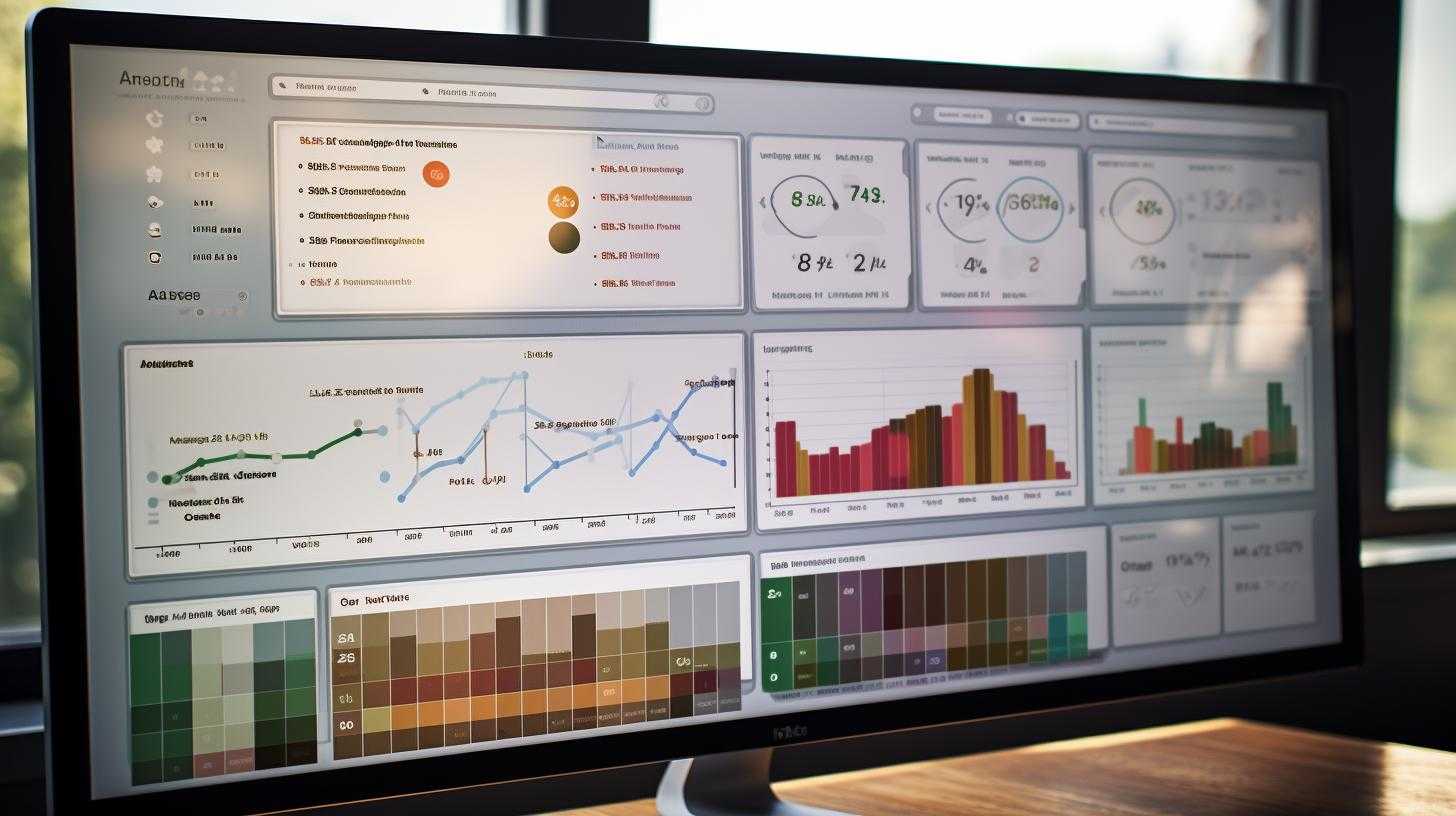In the ever-evolving landscape of corporate dynamics, the pivotal role of performance appraisals for employees cannot be overstated. It's not merely a routine task but a strategic endeavor that can unlock the gates to unprecedented success for both individuals and the organization at large.
The Essence of Performance Appraisals
At their core, performance appraisals serve as the compass guiding professional growth. They encapsulate a comprehensive evaluation of an employee's contributions, highlighting achievements and areas for improvement, and aligning personal objectives with organizational goals.
OKRs (Objectives and Key Results) add a layer of precision to this process. They provide a framework that transforms abstract ambitions into tangible outcomes. This combination of appraisals and OKRs creates a synergy capable of propelling individuals toward peak performance.
Understanding the Dynamics
Delving into the intricate dance between performance appraisals for employees and OKRs, it's imperative to recognize the symbiotic relationship they share. Appraisals provide the canvas, while OKRs serve as the brushstrokes that define the masterpiece.
Appraisals, often seen as a routine bureaucratic ritual, undergo a metamorphosis when intertwined with the strategic essence of OKRs. Suddenly, the process transcends the mundane, becoming a dynamic tool for aligning individual aspirations with organizational objectives.
The Strategic Integration performance appraisals
- Unlocking success lies in the strategic integration of performance appraisals and OKRs. It's not a checklist to be hurriedly ticked off, but a symphony to be orchestrated with finesse. Here's how you can master this art:
- Define Clear Objectives: Begin by articulating clear and concise objectives. This clarity is the cornerstone of effective performance appraisals. Ambiguity only begets confusion, hindering the path to success.
- Align Goals with Organizational Vision: Every employee's objectives should be aligned with the broader vision of the organization. This ensures that individual efforts contribute meaningfully to the overarching goals, fostering a sense of purpose.
- Foster Continuous Communication: The days of annual performance reviews as the sole communication channel are antiquated. Embrace continuous feedback loops, creating an environment where constructive criticism and commendation flow seamlessly.
- Embrace Technology: Leverage technological tools to streamline the appraisal process. From data analysis to performance tracking, technology can enhance the accuracy and efficiency of evaluations, allowing for more informed decisions.
The Human Element
Amidst the metrics and strategic frameworks, it's crucial not to lose sight of the human element. Behind every performance metric is an individual with unique strengths, challenges, and aspirations.
Nurturing Talent
Performance appraisals, when approached with empathy, become a platform for nurturing talent. Identify areas where an employee excels and tailor objectives that capitalize on these strengths. Simultaneously, acknowledge weaknesses not as shortcomings but as opportunities for growth.
The Role of Constructive Feedback
Constructive feedback forms the backbone of effective appraisals. Instead of viewing it as a critique, consider it a roadmap for improvement. When feedback is framed positively and constructively, it becomes a catalyst for development rather than a source of demotivation.
Overcoming Challenges of Performance Appraisals
No journey towards mastering performance appraisals for employees is without its challenges. Identifying and addressing these hurdles is integral to the process.
Tackling Bias
Bias can subtly creep into evaluations, jeopardizing the integrity of the entire process. Establishing standardized criteria, conducting calibration sessions, and fostering a culture of objectivity can help mitigate this challenge.
Balancing Quantitative and Qualitative Metrics
While metrics provide a tangible measure of performance, they often fall short of capturing the intangible aspects. Balancing quantitative data with qualitative insights ensures a holistic view, preventing the oversight of valuable contributions that may not be easily quantifiable.
Realizing the Potential
In essence, the mastery of performance appraisals for employees lies in their transformative potential. When viewed not as a procedural obligation but as a strategic investment, they become a catalyst for individual and organizational success.
By embracing the dynamic interplay of appraisals and OKRs, organizations can foster a culture of continuous improvement. It's not merely about evaluating past performance but about shaping future achievements. As the curtains rise on this strategic collaboration, the stage is set for unlocking success in its truest form.
Further Reading
The Significance of Evaluating Employee Engagement ROI for Business Success
The Interplay Between Personal Resolutions and Professional Goals: Insights for Success
Revolutionizing Employee Surveys: How ilpapps Elevates Your Feedback Experience
Ready to find out more?

